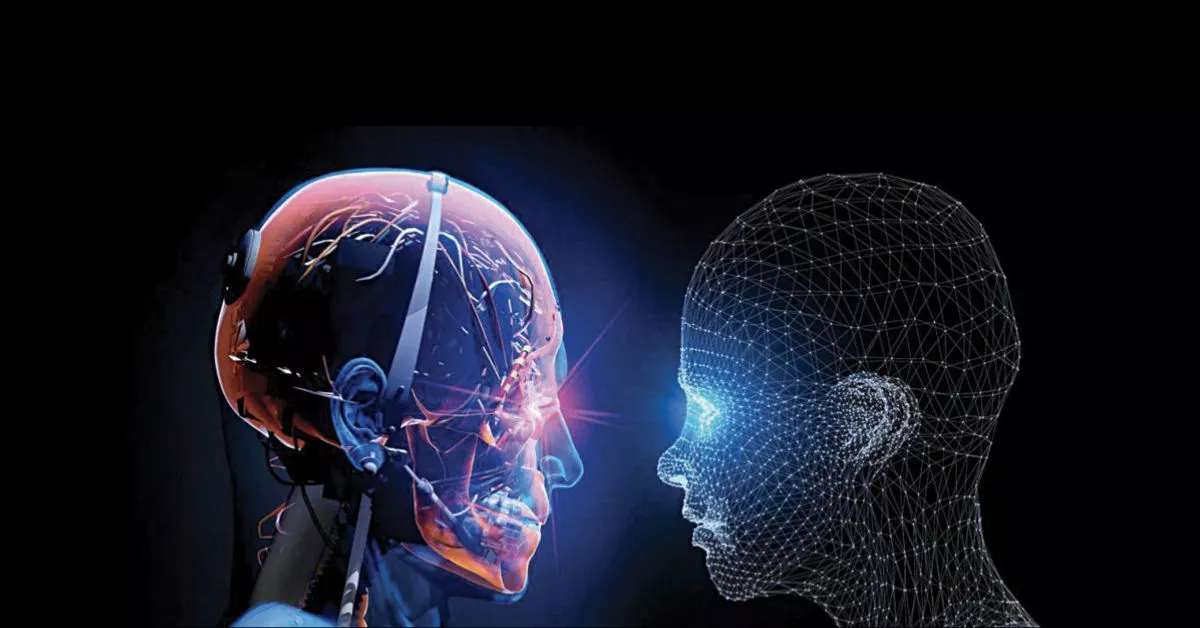In the realm of artificial intelligence (AI), image recognition stands out as a remarkable achievement, enabling machines to interpret and understand visual information. However, as AI continues to advance, a critical challenge emerges—the accuracy of image recognition. This post delves into the complexities surrounding image recognition accuracy, exploring the current state of the technology, the underlying challenges, and potential avenues for improvement.
The Evolution of Image Recognition:
Image recognition has witnessed significant advancements over the years, propelled by deep learning algorithms and convolutional neural networks (CNNs). These technologies have empowered AI systems to identify objects, scenes, and even complex patterns within images, revolutionizing applications in various industries, from healthcare to autonomous vehicles.

The Current State of Image Recognition Accuracy:
While image recognition has achieved remarkable success, the accuracy of AI systems in identifying and classifying images is not without its challenges. The accuracy of these systems is contingent upon extensive training datasets, which can be both a strength and a limitation. The ability to recognize diverse objects and scenarios accurately is crucial, especially in applications where precision is paramount.
Challenges in Image Recognition:
a. Data Bias: One of the primary challenges in image recognition accuracy stems from data bias. AI models are trained on datasets that may inadvertently contain biases, leading to skewed results. If the training data is not representative of the real-world diversity of images, the AI system may struggle to accurately recognize objects or scenes that deviate from the biased dataset.
b. Adversarial Attacks: Adversarial attacks involve manipulating images in imperceptible ways to mislead AI systems. These attacks exploit vulnerabilities in the algorithms, causing the system to misclassify or fail altogether. As AI becomes more prevalent, addressing the susceptibility of image recognition models to adversarial attacks becomes crucial for ensuring their reliability.
c. Limited Generalization: Achieving high accuracy on training data does not always translate to accurate performance on unseen or diverse datasets. AI systems may struggle to generalize their learnings to new situations, impacting their ability to accurately recognize objects or scenes not encountered during training.
d. Complexity of Real-World Scenarios: Real-world scenarios are often complex, with multiple objects, varied lighting conditions, and dynamic environments. Image recognition systems may face challenges in accurately interpreting such complexity, leading to misclassifications or inaccuracies.
Unseen Challenges and Ethical Implications:
As AI systems are integrated into various aspects of our lives, the unseen challenges in image recognition accuracy raise ethical concerns. Biased algorithms can perpetuate and amplify societal biases, leading to unfair treatment in applications like hiring, law enforcement, and healthcare. Additionally, misclassifications due to limited generalization can have real-world consequences, impacting decision-making processes.
Addressing Image Recognition Accuracy Challenges:
a. Diverse and Representative Datasets: Improving image recognition accuracy starts with addressing data bias. AI developers must invest in creating diverse and representative datasets that encompass a wide range of objects, scenarios, and demographics. This approach ensures that AI systems are trained on data that more accurately reflects the complexity of the real world.
b. Robustness Against Adversarial Attacks: Enhancing the robustness of AI systems against adversarial attacks requires ongoing research and development. Implementing adversarial training techniques and incorporating security measures into the design of algorithms can help fortify image recognition systems against manipulation.
c. Transfer Learning and Generalization: Implementing transfer learning techniques allows AI models to leverage knowledge gained from one task to improve performance on another. This approach aids in generalization, enabling AI systems to apply learned patterns to diverse scenarios and improve accuracy on unseen data.
d. Explanability and Transparency: Enhancing the explainability and transparency of AI models is essential for building trust and understanding their decision-making processes. This involves developing techniques that allow users to interpret why an AI system made a particular classification, helping identify and rectify potential inaccuracies.
The Road Ahead: Striking a Balance:
The quest for improved image recognition accuracy involves striking a delicate balance between technological advancements and ethical considerations. As AI continues to evolve, it is imperative to address the challenges in accuracy while ensuring that these systems are deployed responsibly, with a focus on fairness, transparency, and accountability.

Conclusion:
Image recognition accuracy represents a pivotal challenge in the ongoing development of AI technologies. Understanding the complexities surrounding biases, adversarial attacks, and limited generalization is crucial for creating robust and reliable image recognition systems.
By addressing these challenges head-on through diverse datasets, robust security measures, improved generalization techniques, and increased transparency, the AI community can pave the way for more accurate and ethically sound image recognition technologies in the future
